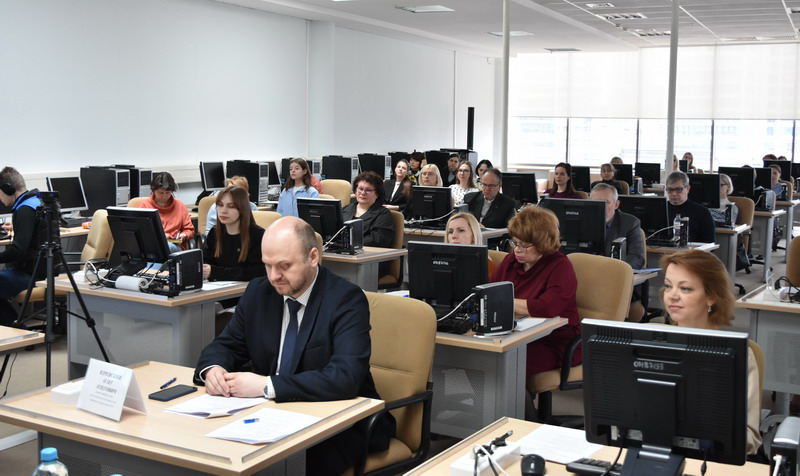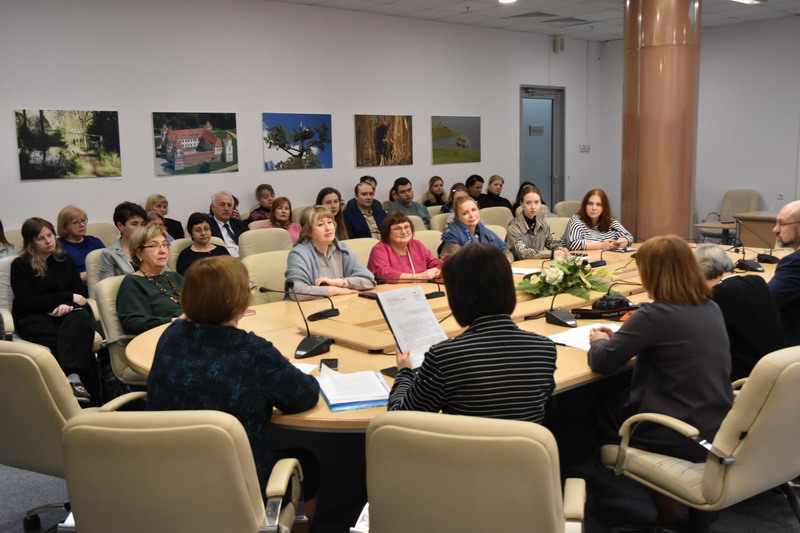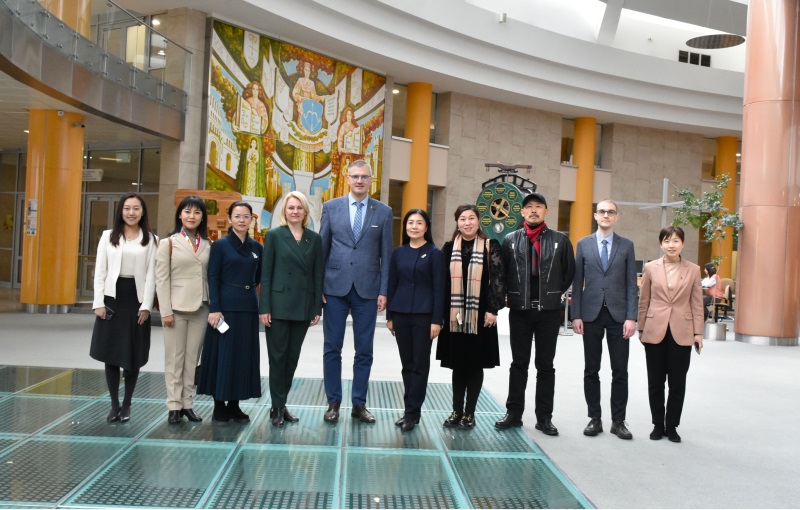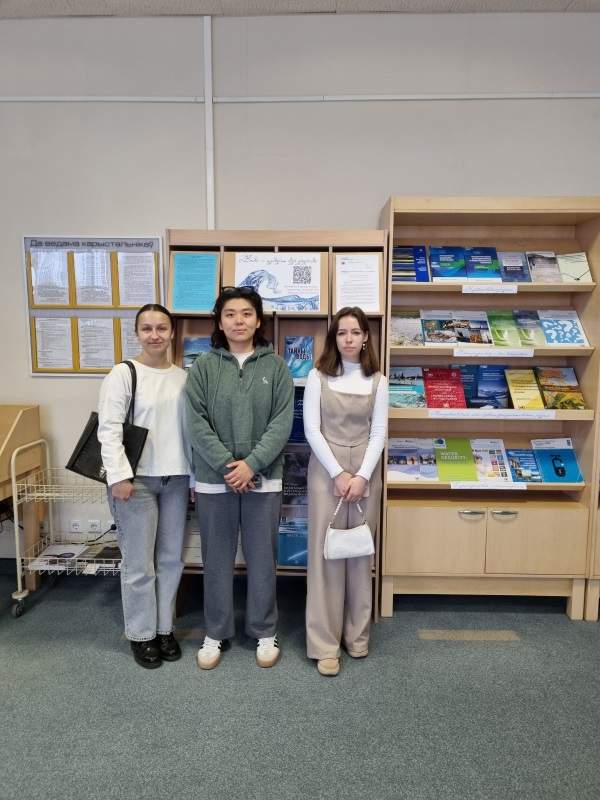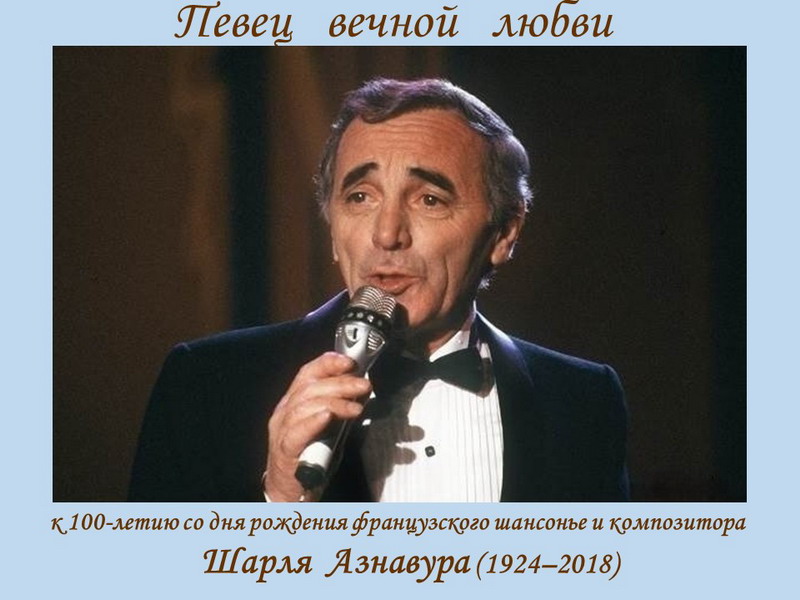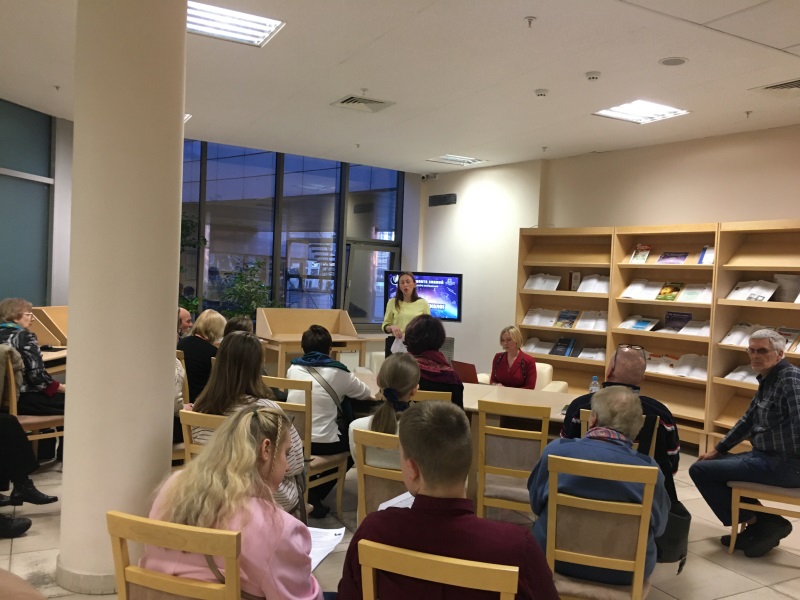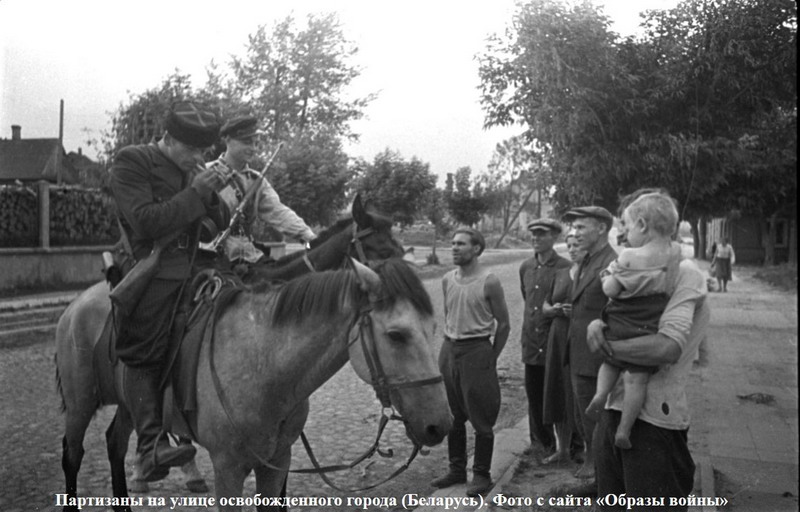From December 18th, 2017 to January 10th, 2018, the thematic exhibition International Migration and Development, dedicated to the International Migrants Day, is opened in the Official Documents department (room 207).
This Day was proclaimed at the 55th session of the UN General Assembly on December 4th, 2000 (resolution 55/93) and has been celebrated annually on December 18th since then. It’s not a random date- on that day in 1990, the Assembly has adopted the International Convention on the Protection of the Rights of All Migrant Workers and Members of Their Families (resolution 45/158). This convention has become a comprehensive program to protect the rights of migrants (as at May 2017, 51 countries have ratified it).
The term "migration" (from Latin ‘migratio’) means moving or relocating. The population of the planet migrates in search of security, better living conditions and work for many hundreds of years. In recent years there are the largest population movements across international borders over the last 70 years. Protracted conflicts, human rights violations, economic shocks, climate change and natural disasters cause an increasing number of people to leave their homes. The total number of international migrants increased from 175 million in 2000 to 244 million in 2015. Today there are about 250 million migrants in the world. According to experts, one out of thirty-five inhabitant of the planet is a migrant living and working outside their country.
The unpredictability, urgency and complexity of tasks related to the migration process require concerted action and cooperation between regions and countries. The United Nations plays an active role in this area by fostering dialogue and interaction between countries and regions, and by encouraging the exchange of experiences and opportunities for cooperation. In September 2006, the United Nations held an event for the first time, titled the High-level Dialogue on International Migration and Development.
This event was a defining moment by the UN member states’ consideration of ways and means to maximize the benefits of international migration for development and to minimize its negative consequences. Although the Dialogue emphasized that international migration processes could contribute to development, it was nevertheless recognized that the migration was not a substitute for development. Migrants are often forced to seek employment abroad due to poverty, conflict or human rights violations. The conditions of peace and security, good governance, the rule of law and availability of work places in the countries of origin will create a situation in which people could migrate of their choice, but because of their needs. The participants of the high-level dialogue noted that international migration should be an integral part of the development agenda and serves as a component of national development strategies.
In October 2013, the second High-level Dialogue on International Migration and Development. was held. As a result, the member states adopted a declaration condemning acts, manifestations and signs of racism, racial discrimination, xenophobia and related intolerance against migrants.
In September 2016, the UN General Assembly held a high-level meeting on the resolution of issues related to the displacement of large groups of refugees and migrants. The commitments made at the meeting are contained in the New York Declaration. It expresses the political will of world leaders aimed at saving lives, protecting human rights and equitable distribution of state responsibility at the global level.
The exhibition offers to readers about 100 documents. The large part of the exposition consists of international organizations documents (UN, IOM, OSCE, ILO, European Union). There are books, periodicals, UN mimeo materials in Russian, German and English.
The exposition includes the following topics:
- International migration and migration law
- Volumes and dynamics of international migration
- Migration policy and cooperation in the field of migration
- International Labor Migration
- Migration processes in the Republic of Belarus
The exhibition will be useful to specialists in the field of international relations, lawyers, political scientists, researchers, professors, students, as well as all who are interested in modern theories and migration issues.
Contact us: (+375 17) 293 27 34.
Useful links
- International Migrants Day
- International Organization for Migration (IОМ)
- UN Summit for Refugees and Migrants (2016)
- High-level meetings of the 68th Session of the General Assembly (2013)
- High-level Dialogue on International Migration and Development United Nations General Assembly, 14–15 September 2006
- Global Forum on Migration & Development
- Seventh Meeting (Stockholm, Sweden) (14–16 May, 2014)
- Sixth Meeting (Mauritius, Port Louis) (19–22 November, 2012)
- Fifth Meeting (Geneva, Switzerland) (29 November–2 December, 2011)
- Fourth Meeting (Mexico, Puerto Vallarta) (8–11 November, 2010)
- Third Meeting (Athens, Greece) (2–5 November, 2009)
- Second Meeting (Manila, Philippines) (27–30 October, 2008)
- First Meeting (Brussels, Belgium) (9–11 July, 2007)
Documents
- New York Declaration for Refugees and Migrants (September 2016)
- Declaration of the High-level Dialogue on International Migration and Development(October 2013)
- Human Development Report 2009
- World Migration Report 2015
 |
 |
 |
 |
 |
 |
 |
 |
 |


